日本媒體藝術家 - 城一裕 曾在九州設計學院就讀聲學研究所 (於2003年與九州大學合併),之後進入日本的IBM公司當軟體工程師,他對藝術領域有高度的興趣,因此開始在東京大學的互動設計系攻讀博士,期間與朋友共組 ”正弦波樂團” (Sine Wave Orchestra),直至今日仍持續活耀著。城一裕目前在山口情報中心 (YCAM)[1] 與母校九州設計學院擔任一職,在中心的工作狀態十分愜意但執行專案卻是非常嚴謹,在訪談的過程中,同時也理解到城一裕對自己的作品也抱持著相同的嚴謹度。
正弦波樂團,開放自然展覽, 2005,NTT ICC, 日本。
問:是什麼樣的原因讓你對聲音產生興趣?
城:在我就讀大學跟研究所時,學校提供很多特殊的聲響課程,大多不是像傳統音樂課程,而是比較偏向聲音的類型。在這些課程中有些鋼琴以及唱盤的練習,也有一些遠端訊號的處理等,多數課程標題都是以”聲音跟什麼”或是”什麼與聲響”,大概有 70% 的課程是關於聲音的。同時,那是一個90年代的日本,當時俱樂部文化這些東西非常活活躍,像是DJ、購買黑膠等等,而我也身在其中,所以也花了很多錢和時間在黑膠的研究上。
90 年代晚期,在筆電上面做程式音樂開始興盛起來,我們剛有Pure Data以及 Max/Msp,也有了些工作坊,實際上在1990時,IAMAS開始有Max/Msp的工作坊,我在那裏遇見了許多朋友,然後年輕的我們也建立了社群,當然年輕嘛,沒什麼錢,但是有很大的企圖心用電腦創作聲音。
>>正弦波樂團(2003 - 今日)
團隊:古舘 健、城一 裕、石田 大祐、野口 瑞希
問:從”正弦波樂團”的網站了解,這是一個與大眾互動的聲音計畫,每個人自由帶著他們的電腦、iPad或是手機來參與,參與者需要挑選自己的正弦波,並進入劃定好的空間與其他人一起合奏。這件作品做了這麼多年,這段時間是如何發展過來的?
城:基本上,我們有個原則或者說是概念,舉例來說,每個參與者播放一個正弦波,然後他們像是合作一樣去共同呈現聲音作品。依照此概念,有些時候我們對計畫有不同的意見,但是至少我個人試圖從這個基本概念中保持作品的多樣性。起初,我們要求參與者要有一些對聲音的經驗以及程式概念,然後帶著他們的筆電參與,之後我們想開放給更多不了解正弦波是什麼、或是不懂程式的人參加,所以我們發展了自己的裝置,讓觀眾現場可以產生並撥放正弦波。舉例來說,在2005年於ICC[2],這計畫曾在開放自然 (Open Nature) 的展覽中呈現,我們設計了一個個系統去控制位置跟頻率,設置160個喇叭在展覽中,展覽環境在一個沒有殘響的房間,觀眾可以在房間中的位置去選擇聲音,最後將他們的正弦波停留在這個空間。剛開始展室沒有任何聲音,從第一個人進來增加一個波,接下來越來越多的正弦波產生,最後他們共同合作生成了聲音發表會。這計劃下一次將會在明年的山口情報中心(YCAM)展出。
問:為什麼你想要用正弦波呢?
城:正弦波就只有三個參數 - 頻率、振幅和相位。即使只有三個參數,我們仍可以保持它多樣性的部份,這是一個非常清楚與簡易的限制。
Project website: http://swo.jp
>>AEO (2008)
團隊: EYE Yamatsuka(表演), Taeji Sawai(聲音與程式設計)與城一裕(樂器設計)
問:我同時也對AEO這個合作的計畫感興趣,你能描述一下這是什麼樣的計畫嗎?
城:我們從2003年時開始這個計畫直到近2008底結束。EYE 背景是來自一個日本噪音團體,並在團隊中擔任表演者,Taeji則是使用Max/Map去做聲音設計,他和我是在同個Max/Msp社群中一起成長的,之後Taeji跟EYE在這個計畫中互相認識。計畫中,我最先用I-Cube來控制MIDI,當時根本沒有Arduino,Arduino在2005年才出現的,但我也了解到它無法滿足我們的需求,所以我們轉移到24bit的聲音介面並藉由客製化電路轉換電壓去控制感測器(我們將收到的數值轉換去操控聲音的部份,像是頻率等等),去完成一個感測器之樂器。我們已經在2008的富士搖滾節(Fuji Rock Festival) 呈現過,這是在日本最大型的音樂祭中的之一,我們也感覺到這樣的手工DIY樂器能夠在這樣的舞台上表演,已經達成我們想做的了,所以是該結束的時候了。
Paper:
http://researchmap.jp/?action=cv_download_main&upload_id=26399
>>雷射切割唱片之實驗 (2012- Now)
城:主要的概念是-用無錄音的方式製作一張黑膠唱片。黑膠唱片放音的原理,是從唱盤針頭所產生的震動轉換成電壓,電壓再被傳送到喇叭被撥放出來。而一個標準的黑膠唱片生產的原理則是反過來的。
在我的作品中,我去畫那些凹槽來代替錄音,起先我用壓克力或是木頭等媒材製作作品,但這些對一般民眾來說太貴了,後來我發現用刻字機刻在紙張上也能達到同樣的效果,刻字機的價格跟一般的辦公室印表機差不多。當我重新閱讀一些書籍的時候發現一篇於1923年一位包浩斯大師拉斯洛・莫侯利-納吉 (László Moholy-Nagy) 的論文,將近一百年前他寫了這篇論文說明他想製作一個沒有聲音資訊的錄音,他的想法是創造一段由刻痕所造成聲音,我試圖找尋他這個想法的成果,但卻沒有找到相關資料。而我藉由科技:像是Adobe Illustrator和雷射切割機去實踐他的想法,在經過一百年的時間後,我用了另一種方式實現他的想法。去年在ICC,我跟IAMAS的學生們,做了”車輪的再發明” 的展覽,利用其他不同的嘗試像是印刷等呈現我們的作品。
結語:無論是建構過程或是再造過程,觀看城一裕的作品之中,對於時間的感受顯得格外強烈,像是”正弦波樂團”,因為觀眾流動性的參與,使聲音變得越來越豐富,漸漸地將作品建構出來,結果並不是作品主要目的,而是人們製造的過程,又或者在”雷射切割唱片之實驗”表演中,他呈現所有的製作流程,包含在Adobe Illustrator畫圖、修改,甚至機器列印的過程之聲,讓觀眾看見也聽見城一裕作品的時間性。
Web: https://www.researchgate.net/profile/Kazuhiro_Jo
[1] 山口情報中心YCAM (Yamaguchi Center for Arts and Media) - http://www.ycam.jp/
[2] NTT ICC (NTT Inter Communucation Center) - http://www.ntticc.or.jp/
***
Reproducing The Process In Live: Interview Japanese Media Artist - Kazuhiro JO
Japanese media artist Kazuhiro Jo was studying acoustics in Kyushu Institute of Design (integrated into Kyushu University in 2003) for Master and later he was working in IBM in Japan as a software engineer. He realized that he was much interested in area of art. He began his Ph.D in Interaction Design at University of Tokyo and co-organized project “THE SINE WAVE ORCHESTRA” until now. Now, Kazuhiro Jo is working in his old school as well as at YCAM[1]. The working environment of YCMA is very leisurely, but I can see how rigorous of projects going. During the interview, I comprehended the same attitude from Jo.
Why did you begin your interest in sound?
In my bachelor and master degree, they provided very special course on acoustic, so not music, but more like sound. Within the course, we have practiced of piano, and several ways of western turntable music, also various ways of distant signal processing... Most of course title is “sound with something” or “something with acoustic”. Maybe 70% of classes were related to sound. At same time, it was 90s in Japan and we were really active of club culture stuffs like doing a DJ and digging vinyls. I’m also part of that, so I spent most of my time and my needs for vinyls for digging (researching). So, I had a lot of records at that moment.
In the late 90s, it was a good time for the programming sound on the laptop. We just had Pure Data or Max/Msp. And, we had workshops, actually, at IAMAS - a Max/Msp workshop in 1999. I went there and met a lot of friends there. Then, we built up a community when we were young. As young people, no money, but we have a strong motivation to make sound with our laptops.
>>The SINE WAVE ORCHESTRA (2003-Now)
Team: Ken Furudate, Kazuhiro Jo, Daisuke Ishida, Mizuki Noguchi
As far as I understand from website of The SINE WAVE ORCHESTRA, it is a sound interactive project with people. Everyone is free to participate with their laptops, iPads or smartphones. The participant needs to choose a tone of sine wave and into specific area with other participant. You have worked on it for many years. What have been approached in this project? What kind of development in these years?
Basically, we have kinds of a rule and concept. For example, each participate plays a sine wave for each. Then, they make kind of cooperative sound and representation together. With that concept, sometimes, four of us have different opinions for our project, but, at least, I try to have diversities with a basic concept. At first, we just used laptops to make a sine wave and only some people who have experience with sound or programming can participate. Later, we wanted to open it for people who do not know sine wave or programming so we developed a device to generate and play sine wave. We set up an environment to let people to experience it. For example, in The SINE WAVE ORCHESTRA stay which we exhibited in open nature exhibition at NTT ICC in 2005, we set up a system to control the positions and frequency. We set up 160 speakers around exhibition environment. A room is without reverberation. Then, people chose their sine wave in the room, and leave her/his sine wave at that place. Firstly, there is no sound, but one person comes to edit a sine wave by the system. More and more people come, and the more sine waves were produced in the space. In the end, they create cooperated sound presentation.
The next exhibition of this project will be presented in YCAM next year.
Why only use sine wave?
As you know, the sine wave has just 3 parameters, frequency, amplitude, and phase. Even it is just 3 parameters, we still can keep diversity part, but it is clear and simple restriction to control.
Project website:
http://swo.jp
>>AEO (2008)
Team: EYE Yamatsuka(Performance), Taeji Sawai(Sound / Programming) and Jo Kazuhiro(Instrument Design)
I am also interested on the AEO, a cooperated project you did. Could you describe about this project?
We started the project from 2003 and nearly finished in 2008. EYE is from Japanese noise band and as a performer in the team, Taeji use Max/Msp to design the sound. Taeji and I grouped up together in same Mas/Msp community, and Taeji knew EYE in the project. I made the instrument by I-cube and control with MIDI at first. At that time, we did not have Arduino. Then, Arduino shows up in 2005, but it did not fit our purpose, so we’re shifting to use audio interface to control all sensors with custom circuits for converting voltage. With this technique, we could get data from sensor with 24 bit resolution. Then, we mapped the data as parameter for the sound, for example, frequency, to make a sensor as a musical instrument. We did a performance in Fuji Rock Festival 2008. It is one of biggest rock festival in Japan. We feel that we have done that handmade DIY can be performed in that kind of stage, so it is time to finished.
http://researchmap.jp/?action=cv_download_main&upload_id=26399
>>Laser Cut Record experiment (2012- Now)
The concept is - making records without recording. It is quite simple that a standard record generates sound with vibration needle of record player. The vibration is changed into voltage. Then, voltage sends to speaker to make sound. To make a standard record is kind of opposite. However, in my work, Instead of using vibration from recorded sound, I decided to draw a groove as graphics. At first I also use plastic glass or wood with laser cutter, but it quite expensive for ordinary people, and I found paper also work very well with cutting plotter. The price of cutting plotter almost likes office printer. Later, I re-read some books and found out an essay from Bauhaus master László Moholy-Nagy in 1923. Almost 100 years ago, he wrote an essay which he would like to make a record without acoustic information. He had an idea to create a record just engraving grove directly. I tried to find out some result from him, but there was no result. And, I could say that I did his idea in particle way with recent technology like Adobe Illustrator and laser cutter. Over 100 year, I realized his idea in different way. We did another try out, instead of records, for example, speakers and so on..., some kind of printing or the stuff with IAMAS students as the “Re-Inventing the Wheel” project. And we presented our work in ICC[2] last year.
Conclusion:
After the understanding of Kazuhiro Jo’s works, I strongly feel that the time is involved, no matter in the constructing or rebuilding process of a work. For example, in “THE SINE WAVE ORCHESTRA”, the producing process is more important than the result of the work, b because audiences' fluid participation makes the sound become more and more plentiful over the time. Also, in the performance of “Laser Cut Record Experiment”, he presented all working flows of making a record, including drawing and modifying with Adobe Illustrator. Even the sound of printing is presented. From my point of view of Kazuhiro Jo’s art works, he makes audiences not only see the time, but also hear the time.
Web: https://www.researchgate.net/profile/Kazuhiro_Jo
[1] YCAM (Yamaguchi Center for Arts and Media) - http://www.ycam.jp/
[2] NTT ICC (NTT Inter Communucation Center) - http://www.ntticc.or.jp/
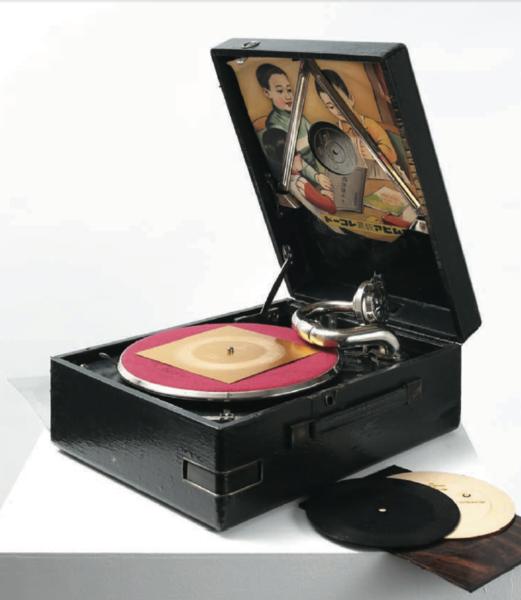
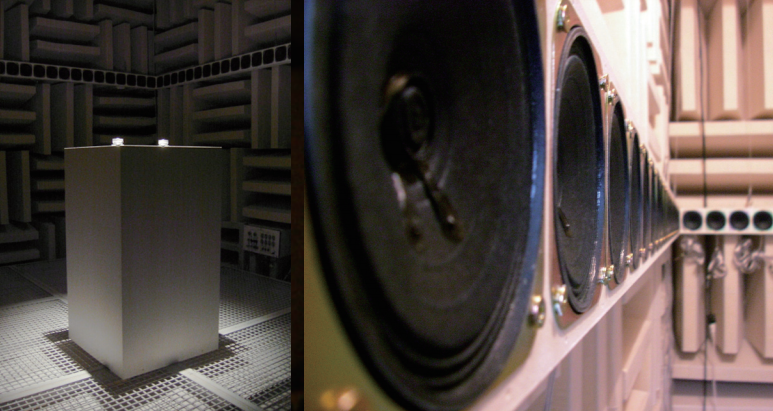

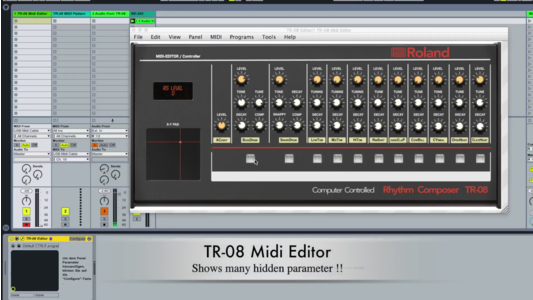
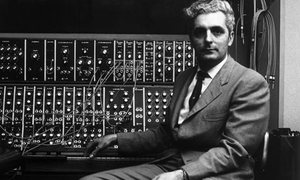

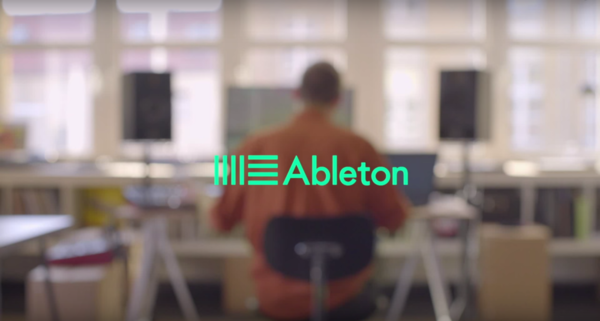
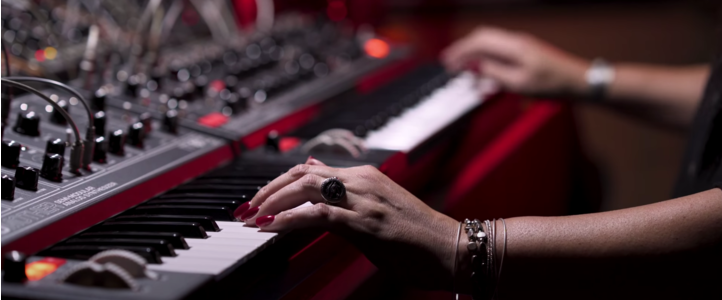

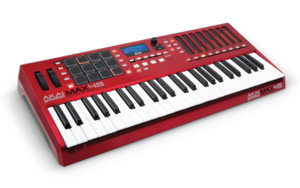

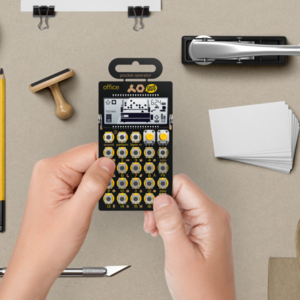
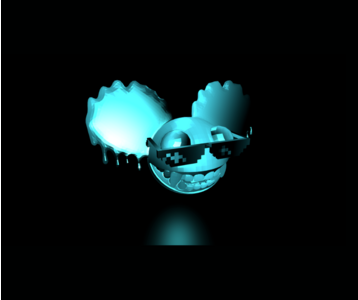
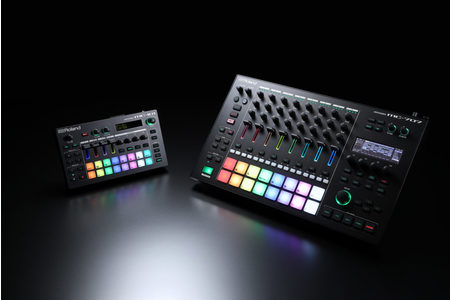
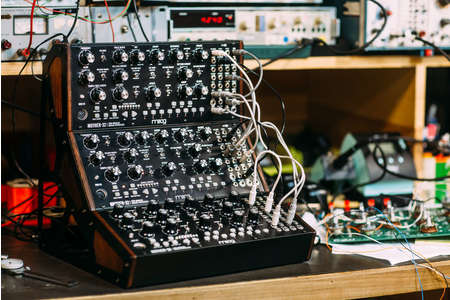

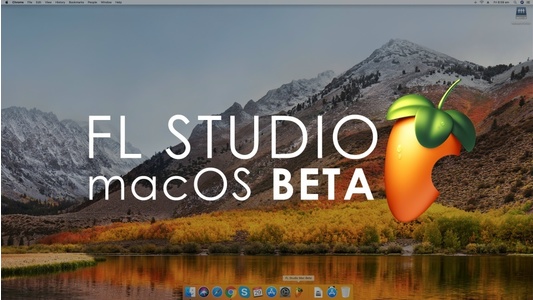
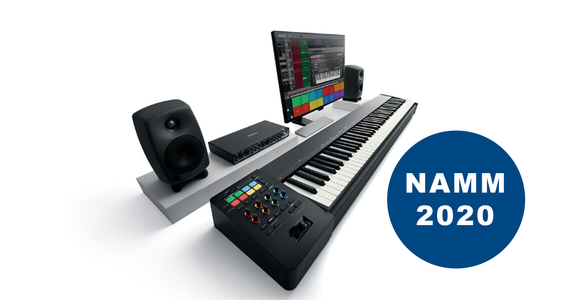
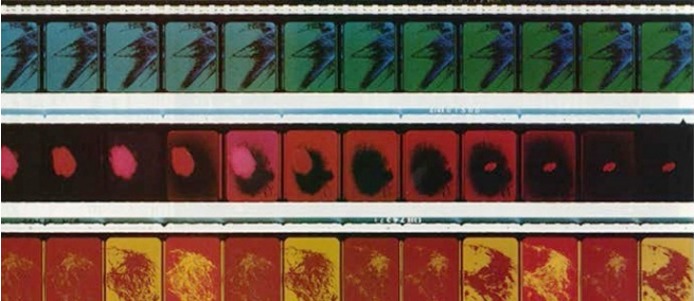
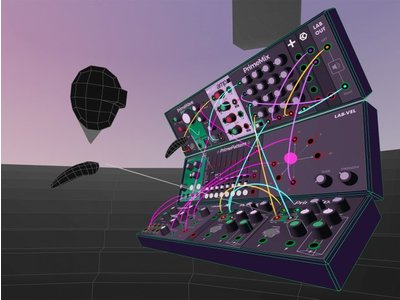
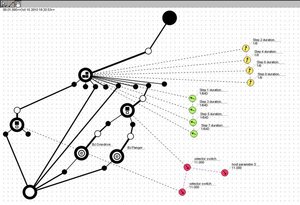
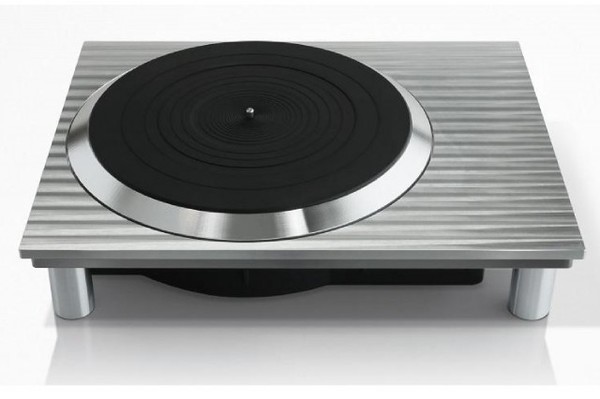
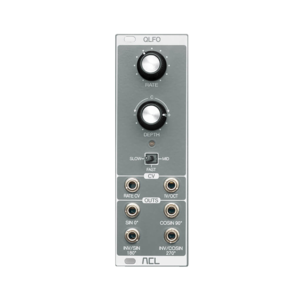
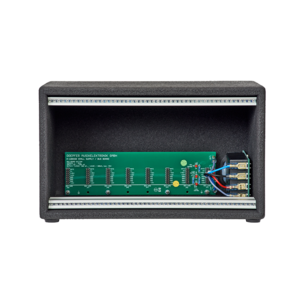
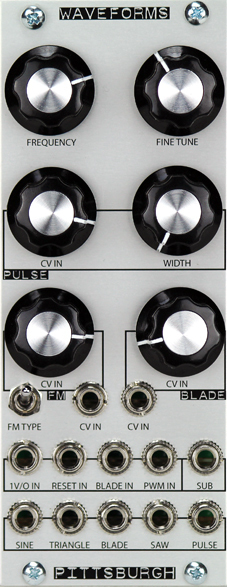



討論區
目前尚無評論